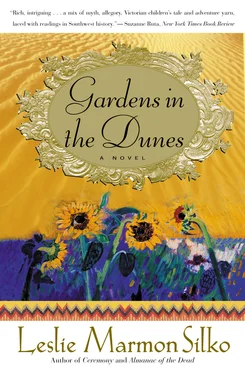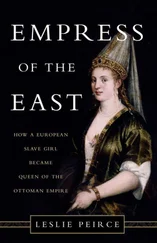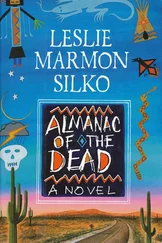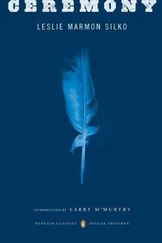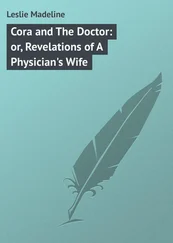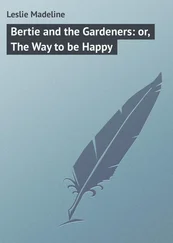Edward’s father planted the first citrus groves in Riverside County before the railroad line was completed. But he wasn’t a citrus farmer; he called himself a botanist, though he lacked formal training. Edward’s father seemed not to care that the family fortune, in decline since statehood and further drained by his obsessive gambling, might easily be renewed with the sale of the sweet oranges by the railroad boxcar to the northeast. Edward’s father did not want the bother such business enterprise entailed — orange crates, train schedules, purchase orders bored him.
Instead his father spent all day in the orange groves or in the greenhouses, where he showed Edward the results of his citrus grafts — lemons, grapefruits, and tangerines all grew on the same tree. Every Thursday afternoon found his father at his desk for hours, valise packed and the coachman waiting while he calculated and recalculated his lucky numbers before he left for a weekend of gambling in Long Beach. Edward understood he must never ask to accompany his father.
As a boy, Edward shared his father’s enthusiasm for citrus trees; the workshop of the orangery, with its odors of paraffin, sulfur, and damp earth, had been Edward’s childhood haunt. The dwarf tangerine trees along the back wall of the red garden were grafts Edward made when he was twelve. Back then, if his mother and sister were in New York, he did not feel as lonely in the greenhouse, surrounded by his mother’s orchids.
Edward was seven when she pronounced him old enough to stay with his father. She began her annual summer visit to Long Island with Susan in tow; they took the train the day after Easter because she could not tolerate the dry heat of Riverside in the summer.
For the first few years, Edward dreaded the approach of Ash Wednesday; on Easter Sunday he woke in tears because in a matter of hours his mother and sister would be gone until October. But gradually he learned to overcome the sadness by following his father to the greenhouse or orange groves. His father tolerated him as long as he did not speak unless spoken to. His father’s trips to Long Beach or Pasadena occasionally lasted for weeks, and when his father returned, he brought new suitcases full of soiled clothes newly purchased. No one ever spoke about his father’s absences, not even after he died during a two-week stint in Pasadena.
A cool wind stirred off the desert, and Hattie pressed herself closer to Edward’s side and rested her head lightly against his shoulder. A moment later Edward felt suddenly weary and they went indoors. He was asleep before Hattie came to bed, but after midnight he woke from a dream with a start and sat up in the bed.
In the dream he had been in a narrow bottom bunk in the crew’s quarters of a ship. Ocean waves had crushed the sides of the ship and salt water was exploding in all around him. The specimens! He must make sure they were safe. He left Hattie sleeping soundly, to check on the new collections.
One of the containers of seawater had leaked out between Los Angeles and Riverside, and he was concerned about damage to the rare algae. The first thing in the morning, he would send to Los Angeles for fresh seawater. He had not unpacked the dried plant specimens; now he worried they might have been wet by the leaking container of seawater. He dried the sponges before he packed them; if moisture reached them they would rot. He prepared the drying cabinet and took the precaution of opening the specimen envelopes and placed each sponge on top of its envelope for closer inspection. Jacksonville, Lake Okeechobee, St. Johns River, Titusville, Indian River, St. Lucie, Pine Key, Cedar Key, Key West, Cape Florida, Nassau, the Dry Tortugas. He examined each envelope of dried plant material to be certain there was no dampness. Although the hurricane season’s early arrival cut short the expedition, he felt confident he had collected an adequate sampling. The Smithsonian Institution and the Bureau of Plant Industry were organizing a joint installation at the World Industrial and Cotton Centennial Exposition in New Orleans the following year. The focus of the exhibit was to be the commerce, industry, and natural history of the Gulf and the Caribbean Sea, with special attention to the commercial and other sponges, the ornamental corals, and the larger species of mollusks and crustaceans fit for human consumption.
Once he was satisfied the specimens were safe, he opened the trunk with his field notebooks and maps marked to pinpoint the locations of each of the specimens collected. After the hurricane season passed, a work party, using his notes and maps, would retrace his steps to collect the large quantities of specimens needed for the displays at the Centennial Exposition. Mr. Talbot showed him the plans. Congress had appropriated $75,000 for elaborate preparations: special curators would bathe the corals and sponges in solutions to preserve and enhance their colors; saltwater display tanks costing hundreds were already being assembled.
The night after his arrival, Hattie woke and saw that Edward was not in bed. Concerned for his health, she went to find him. She noticed light from the third floor study. She did not mean to watch him, but he was so absorbed, she paused in the doorway. What was he doing so intently? He had a wool camp blanket across his lap with the edge of the blanket between the fingers of both hands, examining the blanket inch by inch. Now and then he seemed to find something and pull it free from the wool; then he reached over to a jar on the desk.
She did not disturb him but waited until the next morning to see what he put in the jar. She found delicate grass seed in the shapes of long arrows and others in the shapes of stars. Edward saw her examine the jar.
“Oh those. I wasn’t able to finish my collection of grasses but I found some specimens on the blanket.”

Something about Edward with his notebooks and specimens in jars awoke Hattie’s longing for her books and notes, still packed in the trunks. Despite its rejection by the thesis committee, Hattie still hoped to complete the manuscript. While she was packing for California, one of her notebooks fell open to a page that outlined the teachings of Valentinus, with 365 heavens and 365 different choirs of angels; suddenly she realized how much she missed her work with the old Gnostic texts, so full of exuberant imagination.
The doctor blamed her father’s “wild progressivism,” as Mother called it, for Hattie’s sensitive nervous system. The doctor’s orders stipulated that she rest, relax, and avoid intellectual exertion, particularly the overstimulation caused by the reading and writing for her thesis. Her mother blamed the furor over the thesis for another incident so shocking they did not speak about it.
Her father was so proud of Hattie that he accepted any responsibility he might have even for her illness; knowledge did not come without its price. Mr. Abbott planted a white oak tree in the front yard the day Hattie was born. As an ardent student of John Stuart Mill, he believed it was his paternal duty to give Hattie the fullest education possible; so he taught her himself. She was exceptional, he told her, and urged her to look beyond the narrow interests of current feminists — prohibition of alcohol and the vote for women — and look to the greater philosophical questions about free will and God. At Vassar she found the other Catholic women timid or dull, but she disdained the suffragists as well. Hattie preferred her cubicle in the library and the books to the ballroom; she completed her degree with honors in three years.
The peculiarity of Hattie’s education separated her entirely from other young women her age. Because Mr. Abbott was a freethinker, Hattie’s mother had been adamant about the Saturday afternoon catechism classes at the convent, which were Hattie’s only opportunities to socialize with young women her own age. Even after Hattie completed her First Communion and confirmation, her mother continued to send Hattie for religious instruction, in part because Hattie asked to go. Five or six other girls attended the classes, which would have been deadly boring but for old Sister Conrad, who was too deaf to hear them whispering and too eccentric to follow the catechism book.
Читать дальше
